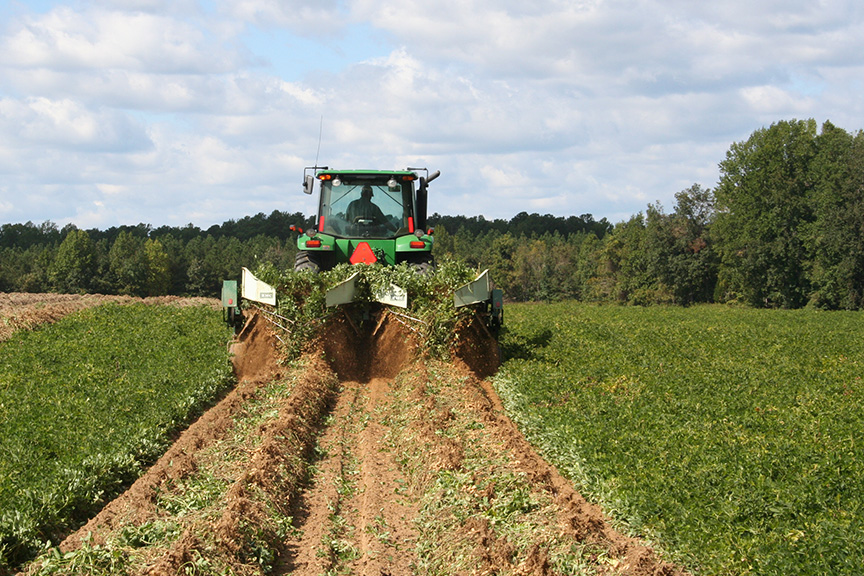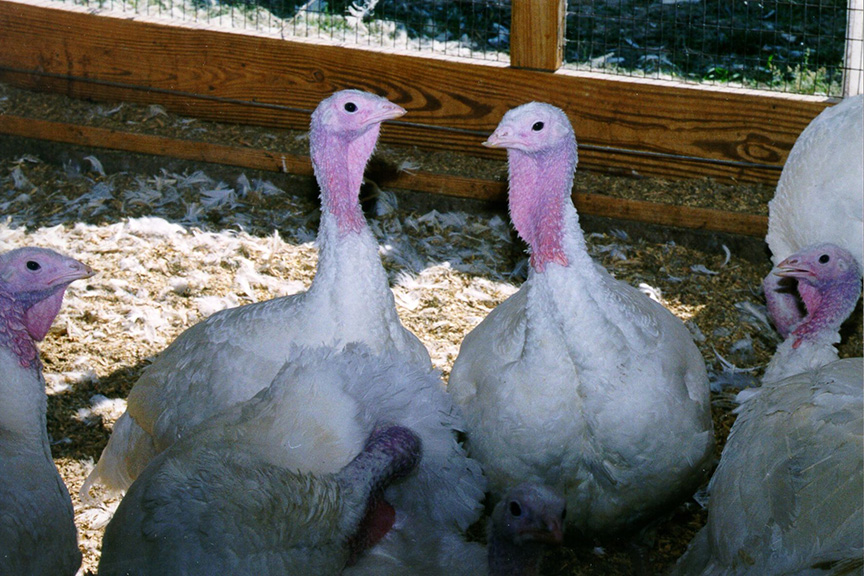Celebrating the daily impact of Virginia farmers
May 2025

Virginia is home to nearly 39,000 farms spanning 7.3 million acres.


by Christina Amano Dolan, Virginia Farm Bureau Federation
As spring harvests bring beauty and abundance to communities across the commonwealth, the far-reaching impact of Virginia agriculture shines.
When venturing to farmers markets for flowers, greens, strawberries and other seasonal favorites this month, take a moment to appreciate the vast selection — and the hardworking farmers who make it all happen.
Virginia is home to nearly 39,000 farms spanning 7.3 million acres, with a majority owned by families or individuals, according to the 2022 Census of Agriculture. As the state’s largest private industry, agriculture touches the lives of all Virginians daily with an economic impact of $82.3 billion annually, according to the Virginia Department of Agriculture and Consumer Services.
Combined with forestry, the two industries have an economic impact of over $105 billion and provide more than 490,000 jobs. Every one job in agriculture and forestry also supports 1.6 additional jobs elsewhere in Virginia’s economy, making up 9.3% of the state’s total gross domestic product.
Whether it’s beef cattle in Southwest Virginia, wine grapes in Northern Virginia, apples in the Shenandoah Valley or potatoes on the Eastern Shore, the state’s varying topography, soil and climate make up one of the most diverse agricultural landscapes in the country.
Many Virginia commodities and products rank in the top 10 among all U.S. states. In 2023, the commonwealth ranked third nationally for the production of tobacco and seafood landings, sixth for apples and turkey production, eighth for peanuts and tenth for broiler chicken production, according to the U.S. Department of National Agricultural Statistics Service.
Virginia agriculture’s impact crosses international borders, with the state’s agricultural and forestry exports reaching $3.6 billion in 2023. According to Global Trade Information Services Inc., Virginia’s top three export markets were China, Canada and the United Kingdom.
Agriculture also offers numerous intangible benefits, such as supporting recreation, tourism, wildlife habitats, biodiversity, flood mitigation, improved water quality and soil stabilization. Virginia’s wine grape sector alone contributed over $6 billion to the state in 2022, considering wages, tourism dollars and other indirect impacts, according to an industry impact study.
Leading the way in sustainability, Virginia farmers have voluntarily enrolled over 416,000 acres across more than 2,500 farms in conservation easement programs, thereby protecting the land from development, according to the 2022 Census of Agriculture. Many farms also employ practices such as minimal-till and no-till planting, along with cover crops to prevent soil displacement and erosion while retaining nutrients.
Celebrate Virginia-grown products this spring by shopping local selections. Go to vdacs.virginia.gov/vagrown to find a farm store or farmers market near you.

